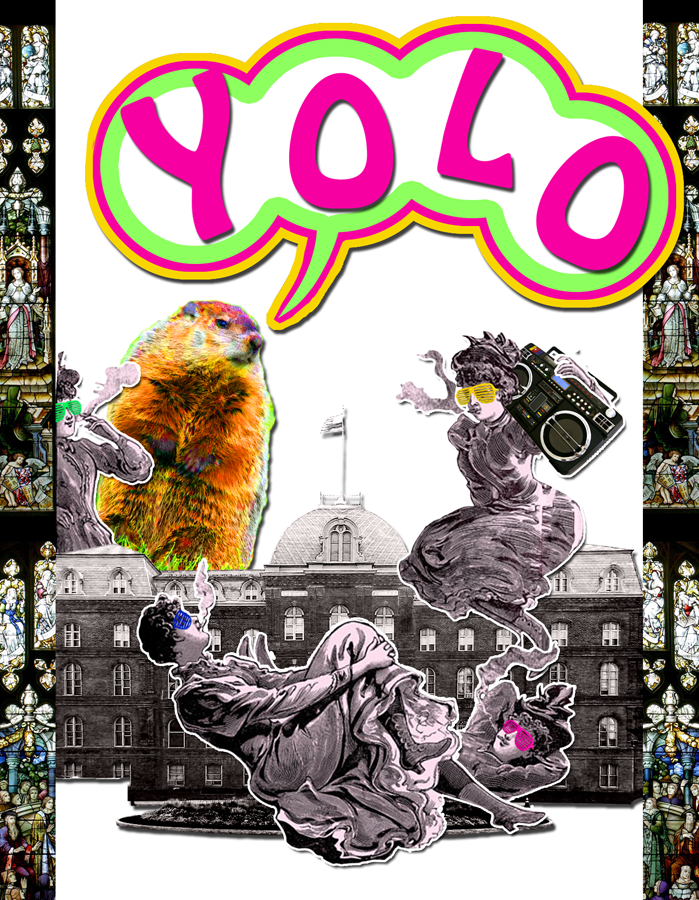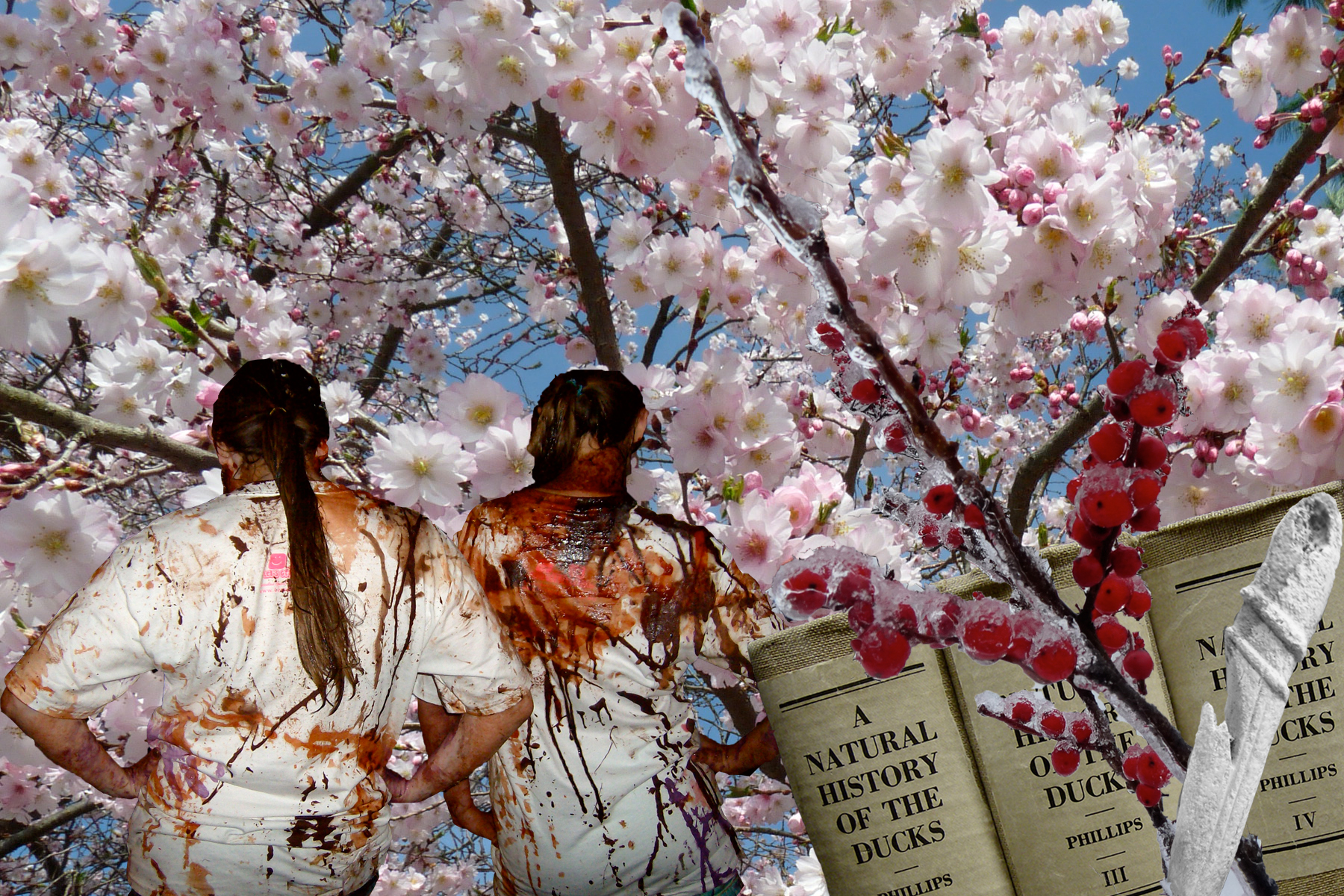In our discussion of archaeological reconstructions, we found that the major methods for site presentation include the stabilization and preservation of ruins, ghost buildings, and full-scale reconstructions. Each have different elements of site disturbance associated with them.
A method of reconstruction we didn’t discuss was virtual reconstruction. In virtual worlds like Second Life, it is possible to reconstruct a site to full detail. One of the possibilities opened up by virtual reconstruction is the reproduction of large sites where tangible reconstruction would be an impossibility, such as the city of Lisbon.
As technology progresses and archaeologists become more tech-savvy, it may be possible to eliminate some of the drawbacks to real-life and virtual reconstruction by combining the two- holograms can be projected at real sites with minimal invasion of the surviving foundations, and tourists will be able to walk through the site without the mediation of a screen.



